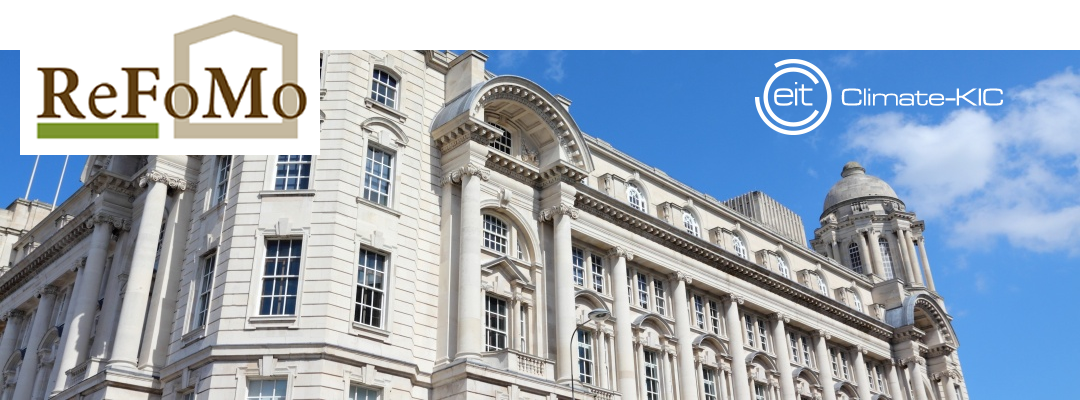ReFoMo reduces the footprint of unique heritage buildings, by bridging the gap between the energy performance of heritage buildings and the potential energy savings. The project aims to develop the market for climate-proof refurbishment by:
- assessing the demand for climate-proof refurbishment;
- assessing and developing products and services.
Significant reduction of the energy usage of heritage buildings is highly desirable because energy costs and lack of comfort form the bottlenecks for healthy exploitation and thus sustainable management and protection of these buildings. Despite the huge market – 10% of EU’s building stock can be considered as heritage buildings – we do not see a breakthrough in large scale climate-proof refurbishment of heritage buildings, because:
- Where energy-efficiency of regular buildings can work with rules of thumb, historic buildings have a different thermal behaviour, due to their building technology, their form and architecture. Irreversible damage must be prevented, and experiments are not allowed in listed buildings.
- Owners and heritage experts are not aware of the possibilities for climate-proof refurbishment (or may even oppose against). Until recently, it was thought that retrofitting of historic buildings was not possible and desirable because of the integrity and the historic values of the buildings.
- There are no rules or standards and historic buildings form an exemption in the EU Energy Performance of Buildings Directive (EPDB 2010).
With partners from Spain, Italy, Hungary and the Netherlands, ReFoMo will deliver innovative technical and knowledge-based solutions based on the analyses of three case studies. An in-depth market analysis will identify market obstacles and feasible solutions. Because market acceptability is essential, end users and heritage specialists are involved from the beginning.
Read more:

